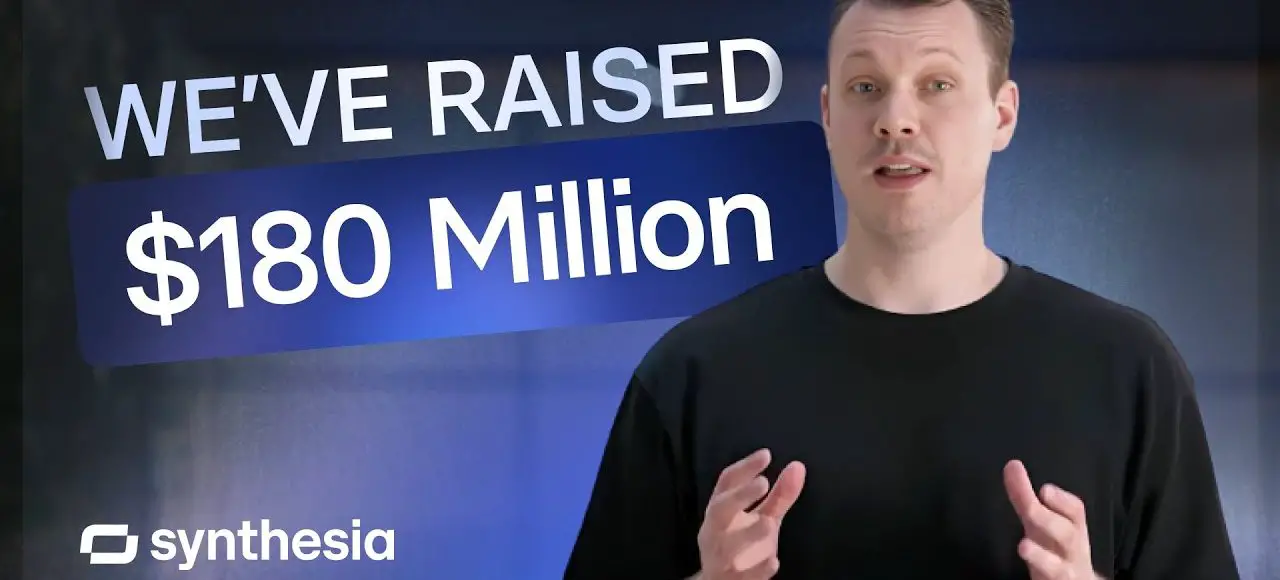Top 10 Salesforce Developer Interview Questions & Answers
Preparing for a Salesforce Developer interview? Whether you’re a seasoned professional or just starting out, knowing the most common interview questions can help you land your dream role. In this blog, we’ll cover the top 10 Salesforce Developer interview questions and answers to ensure you’re fully prepared. Let’s dive in! 1. What is Salesforce? Explain its key features. Answer: Salesforce is a cloud-based Customer Relationship Management (CRM) platform designed to help businesses streamline their sales, service, marketing, and other operations. Its key features include: Cloud-based Accessibility: Access from anywhere, anytime. Customization: Highly customizable with declarative and programmatic options. AppExchange: A marketplace for third-party apps. Automation: Tools like Process Builder and Flows. Analytics: Robust reporting and dashboards. 2. What is Apex in Salesforce? Answer: Apex is a strongly-typed, object-oriented programming language used to develop custom business logic in Salesforce. It allows developers to execute flow and transaction control statements on Salesforce servers, using syntax similar to Java. Apex is essential for creating: Triggers Custom controllers and extensions Batch processes 3. What are Governor Limits in Salesforce? Answer: Governor Limits are runtime limits enforced by Salesforce to ensure efficient use of shared resources on the platform. Examples of Governor Limits include: SOQL Queries: Maximum 100 queries per transaction. DML Statements: Maximum 150 per transaction. Heap Size: Maximum 6 MB for synchronous transactions. Understanding Governor Limits is crucial to building scalable and efficient solutions. 4. Explain the difference between a Role and a Profile in Salesforce. Answer: Role: Determines data visibility through the role hierarchy. Roles are used for sharing records based on hierarchy. Profile: Defines object- and field-level permissions. Every user must be assigned a profile to access the platform. 5. What are Triggers in Salesforce? How do they work? Answer: Triggers are pieces of Apex code that execute before or after specific data manipulation events, such as insert, update, delete, or undelete. Triggers can be: Before Triggers: Used to validate or modify data before saving. After Triggers: Used to access field values set by the system. Example: trigger AccountTrigger on Account (before insert) { for(Account acc : Trigger.new) { acc.Name = acc.Name + ' - Verified'; } } 6. What is a Test Class in Salesforce? Why is it important? Answer: Test classes are written in Apex to validate that your code behaves as expected. Salesforce requires at least 75% of your code to be covered by tests before deploying to production. Benefits include: Ensuring code quality. Identifying and fixing bugs early. Compliance with Salesforce deployment requirements. 7. Explain the difference between SOQL and SOSL. Answer: SOQL (Salesforce Object Query Language): Retrieves records from a single object or related objects. Example: SELECT Name, Email FROM Contact WHERE AccountId = '12345' SOSL (Salesforce Object Search Language): Performs text-based searches across multiple objects. Example: FIND 'John' IN ALL FIELDS RETURNING Contact(Name, Email) 8. What are Lightning Components? Answer: Lightning Components are a UI framework used for building dynamic web applications for desktop and mobile. It consists of: Aura Components: Older framework for UI development. Lightning Web Components (LWC): Modern framework leveraging web standards like JavaScript and HTML. 9. What is the difference between Workflow Rules and Process Builder? Answer: Workflow Rules: Automate basic tasks, such as field updates, email alerts, and outbound messages. Limited functionality. Process Builder: More advanced than Workflow Rules, supporting multiple actions, such as creating records, invoking Apex, and calling flows. Salesforce recommends transitioning from Workflow Rules to Process Builder or Flows. 10. How do you handle bulk data processing in Salesforce? Answer: Bulk data processing is handled using tools and techniques like: Batch Apex: For large-scale operations split into manageable chunks. Data Loader: For importing and exporting large datasets. Streaming API: For processing real-time updates. Best Practices: Optimize SOQL queries. Leverage asynchronous processes. Respect Governor Limits. Conclusion Being well-versed in these Salesforce Developer interview questions and answers will boost your confidence and increase your chances of success. Always stay updated with the latest Salesforce features and best practices to remain competitive in the ever-evolving Salesforce ecosystem. If you want to read more questions, check out this comprehensive guide. Pro Tip: Practice these questions in a mock interview setup to refi

Preparing for a Salesforce Developer interview? Whether you’re a seasoned professional or just starting out, knowing the most common interview questions can help you land your dream role. In this blog, we’ll cover the top 10 Salesforce Developer interview questions and answers to ensure you’re fully prepared. Let’s dive in!
1. What is Salesforce? Explain its key features.
Answer:
Salesforce is a cloud-based Customer Relationship Management (CRM) platform designed to help businesses streamline their sales, service, marketing, and other operations. Its key features include:
- Cloud-based Accessibility: Access from anywhere, anytime.
- Customization: Highly customizable with declarative and programmatic options.
- AppExchange: A marketplace for third-party apps.
- Automation: Tools like Process Builder and Flows.
- Analytics: Robust reporting and dashboards.
2. What is Apex in Salesforce?
Answer:
Apex is a strongly-typed, object-oriented programming language used to develop custom business logic in Salesforce. It allows developers to execute flow and transaction control statements on Salesforce servers, using syntax similar to Java. Apex is essential for creating:
- Triggers
- Custom controllers and extensions
- Batch processes
3. What are Governor Limits in Salesforce?
Answer:
Governor Limits are runtime limits enforced by Salesforce to ensure efficient use of shared resources on the platform. Examples of Governor Limits include:
- SOQL Queries: Maximum 100 queries per transaction.
- DML Statements: Maximum 150 per transaction.
- Heap Size: Maximum 6 MB for synchronous transactions.
Understanding Governor Limits is crucial to building scalable and efficient solutions.
4. Explain the difference between a Role and a Profile in Salesforce.
Answer:
- Role: Determines data visibility through the role hierarchy. Roles are used for sharing records based on hierarchy.
- Profile: Defines object- and field-level permissions. Every user must be assigned a profile to access the platform.
5. What are Triggers in Salesforce? How do they work?
Answer:
Triggers are pieces of Apex code that execute before or after specific data manipulation events, such as insert, update, delete, or undelete. Triggers can be:
- Before Triggers: Used to validate or modify data before saving.
- After Triggers: Used to access field values set by the system.
Example:
trigger AccountTrigger on Account (before insert) {
for(Account acc : Trigger.new) {
acc.Name = acc.Name + ' - Verified';
}
}
6. What is a Test Class in Salesforce? Why is it important?
Answer:
Test classes are written in Apex to validate that your code behaves as expected. Salesforce requires at least 75% of your code to be covered by tests before deploying to production. Benefits include:
- Ensuring code quality.
- Identifying and fixing bugs early.
- Compliance with Salesforce deployment requirements.
7. Explain the difference between SOQL and SOSL.
Answer:
SOQL (Salesforce Object Query Language): Retrieves records from a single object or related objects. Example:
SELECT Name, Email FROM Contact WHERE AccountId = '12345'SOSL (Salesforce Object Search Language): Performs text-based searches across multiple objects. Example:
FIND 'John' IN ALL FIELDS RETURNING Contact(Name, Email)
8. What are Lightning Components?
Answer:
Lightning Components are a UI framework used for building dynamic web applications for desktop and mobile. It consists of:
- Aura Components: Older framework for UI development.
- Lightning Web Components (LWC): Modern framework leveraging web standards like JavaScript and HTML.
9. What is the difference between Workflow Rules and Process Builder?
Answer:
- Workflow Rules: Automate basic tasks, such as field updates, email alerts, and outbound messages. Limited functionality.
- Process Builder: More advanced than Workflow Rules, supporting multiple actions, such as creating records, invoking Apex, and calling flows. Salesforce recommends transitioning from Workflow Rules to Process Builder or Flows.
10. How do you handle bulk data processing in Salesforce?
Answer:
Bulk data processing is handled using tools and techniques like:
- Batch Apex: For large-scale operations split into manageable chunks.
- Data Loader: For importing and exporting large datasets.
- Streaming API: For processing real-time updates.
Best Practices:
- Optimize SOQL queries.
- Leverage asynchronous processes.
- Respect Governor Limits.
Conclusion
Being well-versed in these Salesforce Developer interview questions and answers will boost your confidence and increase your chances of success. Always stay updated with the latest Salesforce features and best practices to remain competitive in the ever-evolving Salesforce ecosystem. If you want to read more questions, check out this comprehensive guide.
Pro Tip: Practice these questions in a mock interview setup to refine your responses. Good luck with your interview journey!






















